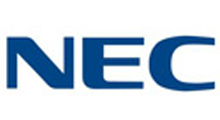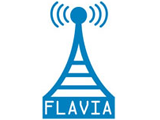Research Groups
Job opportunities
There are currently no job offers in this section.
Partners

AGH University Of Science And Technology
Krakow, Poland
Visit webpage arrow_right_alt
Hamilton Institute of the National University of Ireland Maynooth
Ireland
Visit webpage arrow_right_alt
Ben Gurion University of the Negev
Beer-Sheva, Israel
Visit webpage arrow_right_alt
MobiMesh s.r.l.
Milan, Italy
Visit webpage arrow_right_alt
Institute for Information Transmission Problems of the Russian Academy of Science
Moscow, Russia
Visit webpage arrow_right_alt
Alvarion
Rosh Ha'ayin, Israel
Visit webpage arrow_right_alt
Sequans Communications
Puteaux, France
Visit webpage arrow_right_alt
NEC Europe Ltd.
Middlesex, United Kingdom
Visit webpage arrow_right_alt
Telefónica I+D
Madrid, Spain
Visit webpage arrow_right_alt
Consorzio Nazionale Interuniversitario per le Telecommunicazioni
Parma, Italy
Visit webpage arrow_right_alt
IMDEA Networks Institute
Visit webpage arrow_right_alt
Universidad Carlos III de Madrid (U3CM)
Madrid, Span
Visit webpage arrow_right_alt



